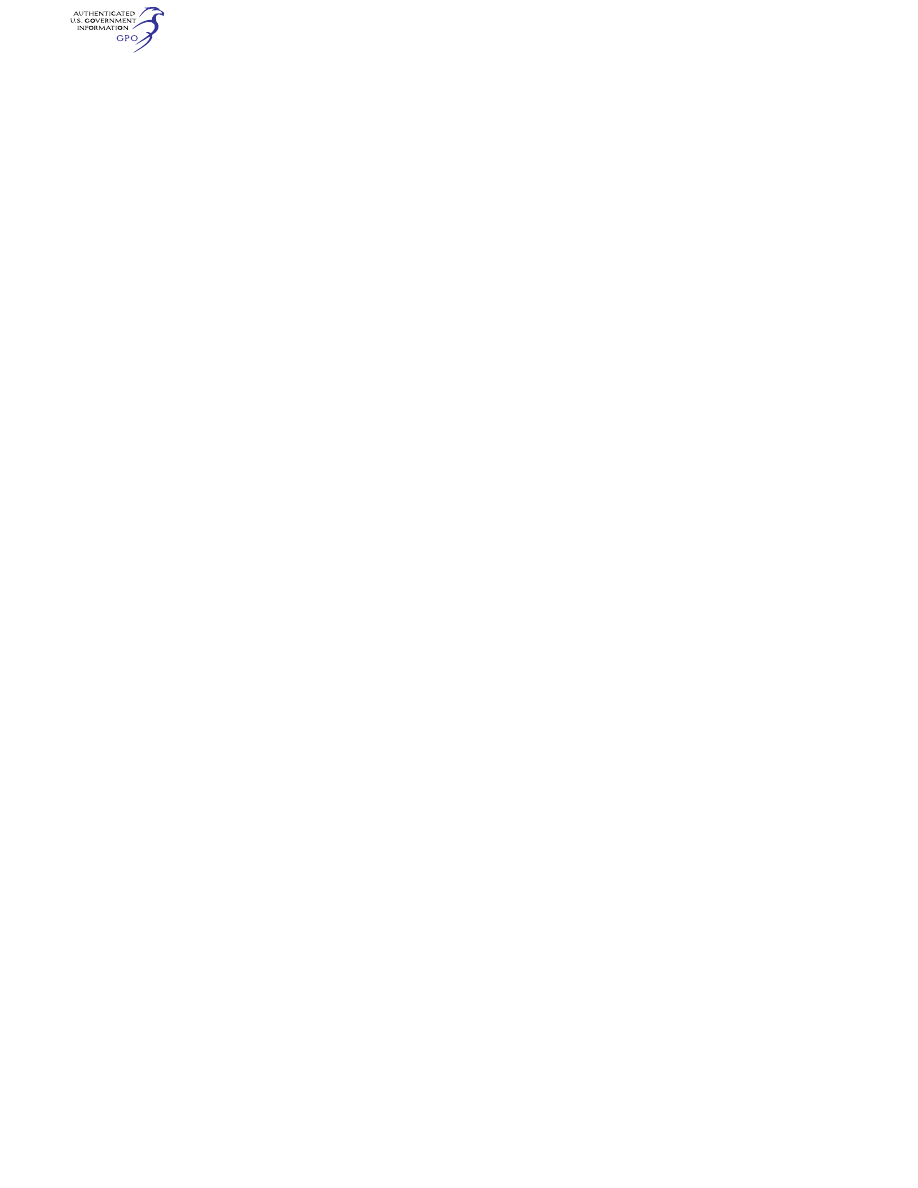
178
14 CFR Ch. I (1–1–24 Edition)
§ 23.1529
flight data recorder without jeopard-
izing service to essential or emergency
loads;
(ii) It remains powered for as long as
possible without jeopardizing emer-
gency operation of the airplane;
(4) There is an aural or visual means
for preflight checking of the recorder
for proper recording of data in the stor-
age medium;
(5) Except for recorders powered sole-
ly by the engine-driven electrical gen-
erator system, there is an automatic
means to simultaneously stop a re-
corder that has a data erasure feature
and prevent each erasure feature from
functioning, within 10 minutes after
crash impact;
(6) Any single electrical failure exter-
nal to the recorder does not disable
both the cockpit voice recorder and the
flight data recorder; and
(7) It is in a separate container from
the cockpit voice recorder when both
are required. If used to comply with
only the flight data recorder require-
ments, a combination unit may be in-
stalled. If a combination unit is in-
stalled as a cockpit voice recorder to
comply with § 23.1457(e)(2), a combina-
tion unit must be used to comply with
this flight data recorder requirement.
(b) Each non-ejectable record con-
tainer must be located and mounted so
as to minimize the probability of con-
tainer rupture resulting from crash im-
pact and subsequent damage to the
record from fire. In meeting this re-
quirement, the record container must
be located as far aft as practicable, but
need not be aft of the pressurized com-
partment, and may not be where aft-
mounted engines may crush the con-
tainer upon impact.
(c) A correlation must be established
between the flight recorder readings of
airspeed, altitude, and heading and the
corresponding readings (taking into ac-
count correction factors) of the first pi-
lot’s instruments. The correlation
must cover the airspeed range over
which the airplane is to be operated,
the range of altitude to which the air-
plane is limited, and 360 degrees of
heading. Correlation may be estab-
lished on the ground as appropriate.
(d) Each recorder container must—
(1) Be either bright orange or bright
yellow;
(2) Have reflective tape affixed to its
external surface to facilitate its loca-
tion under water; and
(3) Have an underwater locating de-
vice, when required by the operating
rules of this chapter, on or adjacent to
the container, which is secured in such
a manner that they are not likely to be
separated during crash impact.
(e) Any novel or unique design or
operational characteristics of the air-
craft shall be evaluated to determine if
any dedicated parameters must be re-
corded on flight recorders in addition
to or in place of existing requirements.
§ 23.1529
Instructions for continued
airworthiness.
The applicant must prepare Instruc-
tions for Continued Airworthiness, in
accordance with appendix A of this
part, that are acceptable to the Admin-
istrator. The instructions may be in-
complete at type certification if a pro-
gram exists to ensure their completion
prior to delivery of the first airplane or
issuance of a standard certificate of
airworthiness, whichever occurs later.
Subpart A—General
§ 23.2000
Applicability and definitions.
(a) This part prescribes airworthiness
standards for the issuance of type cer-
tificates, and changes to those certifi-
cates, for airplanes in the normal cat-
egory.
(b) For the purposes of this part, the
following definition applies:
Continued safe flight and landing
means an airplane is capable of contin-
ued controlled flight and landing, pos-
sibly using emergency procedures,
without requiring exceptional pilot
skill or strength. Upon landing, some
airplane damage may occur as a result
of a failure condition.
§ 23.2005
Certification of normal cat-
egory airplanes.
(a) Certification in the normal cat-
egory applies to airplanes with a pas-
senger-seating configuration of 19 or
less and a maximum certificated take-
off weight of 19,000 pounds or less.
(b) Airplane certification levels are:
(1) Level 1—for airplanes with a max-
imum seating configuration of 0 to 1
passengers.
VerDate Sep<11>2014
09:06 Jun 28, 2024
Jkt 262046
PO 00000
Frm 00188
Fmt 8010
Sfmt 8010
Y:\SGML\262046.XXX
262046
jspears on DSK121TN23PROD with CFR